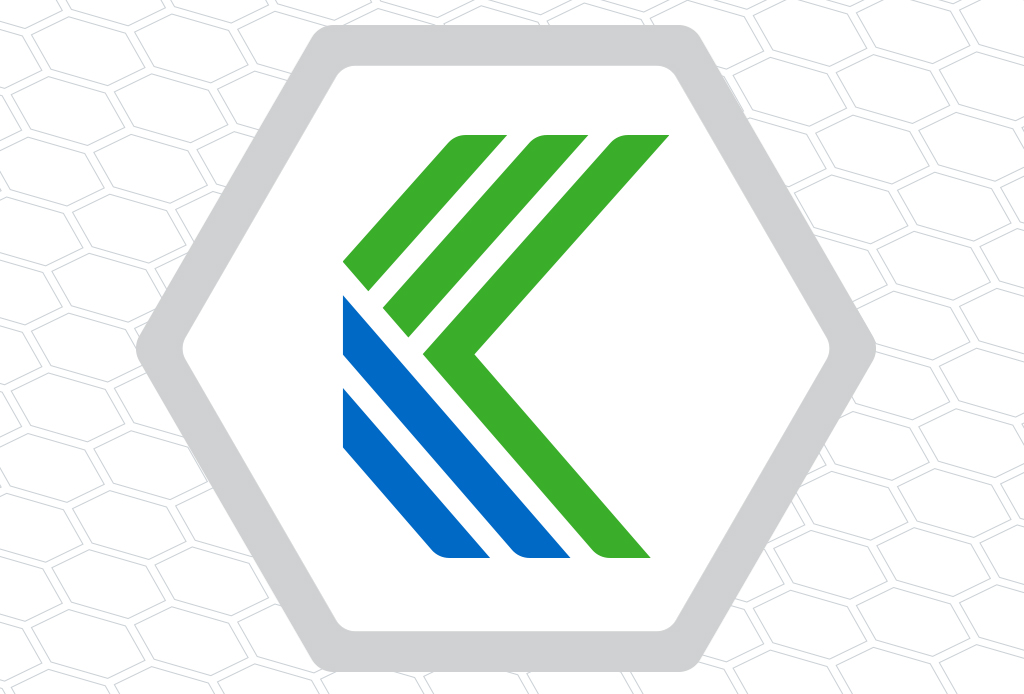Kitware at NSSDF 2023: Pioneering Advances in Sensor and Data Fusion for National Security

Kitware, Inc. proudly showcased our latest advancements in AI at the NSSDF 2023 conference, presenting a collection of 8 papers. These contributions underscore our longstanding commitment to delivering cutting-edge solutions to the Department of Defense (DoD) and Intelligence Community (IC). The presented programs tackle critical challenges facing our analysts and warfighters in the field. We leverage new and exciting techniques in Large Pretrained Models (LPTM), multi-ATR fusion, few-shot learning, synthetic data exploitation, small object detection and tracking, distributed fog and edge computing, and generative AI.
In one program, we explore the challenges associated with running multiple ATR models in parallel in production [1]. Also in the ATR space is a program focusing on building out a modular, upgradeable, high-reliability pipeline for quickly training and fielding object detectors on geospatial imagery [2]. In the GEOINT space, a common problem that presents itself is a lack of robustness to scale variations. This is due to various factors around the architecture and training of modern neural networks, which we significantly improved upon under [7] creating the largest geospatial foundational model at the time. In the area of battle damage assessment (BDA), we presented work on the rapid training of BDA models in EO [4]. In combatting the spread of misinformation, we presented work on the detection of synthesized (fake) imagery on social media [5]. In the area of small object detection and characterization, we presented two works which focus on detection of tiny moving targets from an aerial platform [3] and biometrics-based re-identification of noisy, distant ground targets through extreme look angles and atmospheric distortions [6]. Finally, we present the initial result in an effort to identify the primary challenges associated with pushing cloud or federated learning and inference to the tactical edge, in a paradigm dubbed Fog Computing [8].
All of the work presented was conducted in close collaboration with some of our partners in the DoD/IC, including AFRL, DARPA, IARPA, and NGA. The technologies range in technical maturity from low-TRL fundamental research to deployed TRL 8-9 solutions which are actively augmenting warfighter mission sets and making a difference to our service member’s daily lives. For more information, please contact us via our website.
[1] D. Davila, D. Melamed, D. DePauw, J. Anderson, “Multi-ATR Fusion and Ontological Deconfliction for Geospatial Imagery,” in Proceedings of the National Security Sensor and Data Fusion Committee (NSSDF), 2023.
[2] J. Parham, Kitware, Inc., Cornelius, OR; D. Joy, P. Gurram, S. Brockman, R. Blue, A. Hoogs, “From Commercial Satellites to National Defense: A Review of VIGILANT for Object Detection, Classification, Mensuration, and Patch-based Search in Satellite Imagery,” in Proceedings of the National Security Sensor and Data Fusion Committee (NSSDF), 2023.
[3] A. Mankowski, J. Crall, A. Hoogs, P. Gurram, S. McCloskey, “Transformers for Small Object Detection and Tracking in OPIR Imagery,” in Proceedings of the National Security Sensor and Data Fusion Committee (NSSDF), 2023.
[4] D. Melamed, C. Johnson, S. Brockman, R. Blue, A. Hoogs, P. Morrone, B. Clipp, “Rapid Training of Artificial Intelligence Battle Damage Assessment Tools to New Conflicts,” in Proceedings of the National Security Sensor and Data Fusion Committee (NSSDF), 2023.
[5] K. Regmi, M. Kirchner, A. Basharat, “Generalizable Synthetic Image Detection,” in Proceedings of the National Security Sensor and Data Fusion Committee (NSSDF), 2023.
[6] S. McCloskey, B. Webster, R. Collins, A. Hoogs, “Subject Identification up to 1km: Performer Perspective on the IARPA BRIAR Program”, in Proceedings of the National Security Sensor and Data Fusion Committee (NSSDF), 2023.
[7] C. Funk, B. Clipp, A. Hoogs, “Scale-MAE: A Scale-Aware Masked Autoencoder for Multiscale Geospatial Representation Learning,” in Proceedings of the National Security Sensor and Data Fusion Committee (NSSDF), 2023.
[8] C. Funk, D. Depauw, K. Fieldhouse, E. Blasch, “Fog-Assisted Autoencoder for Enhanced Multi-INT Targeting,” in Proceedings of the National Security Sensor and Data Fusion Committee (NSSDF), 2023.